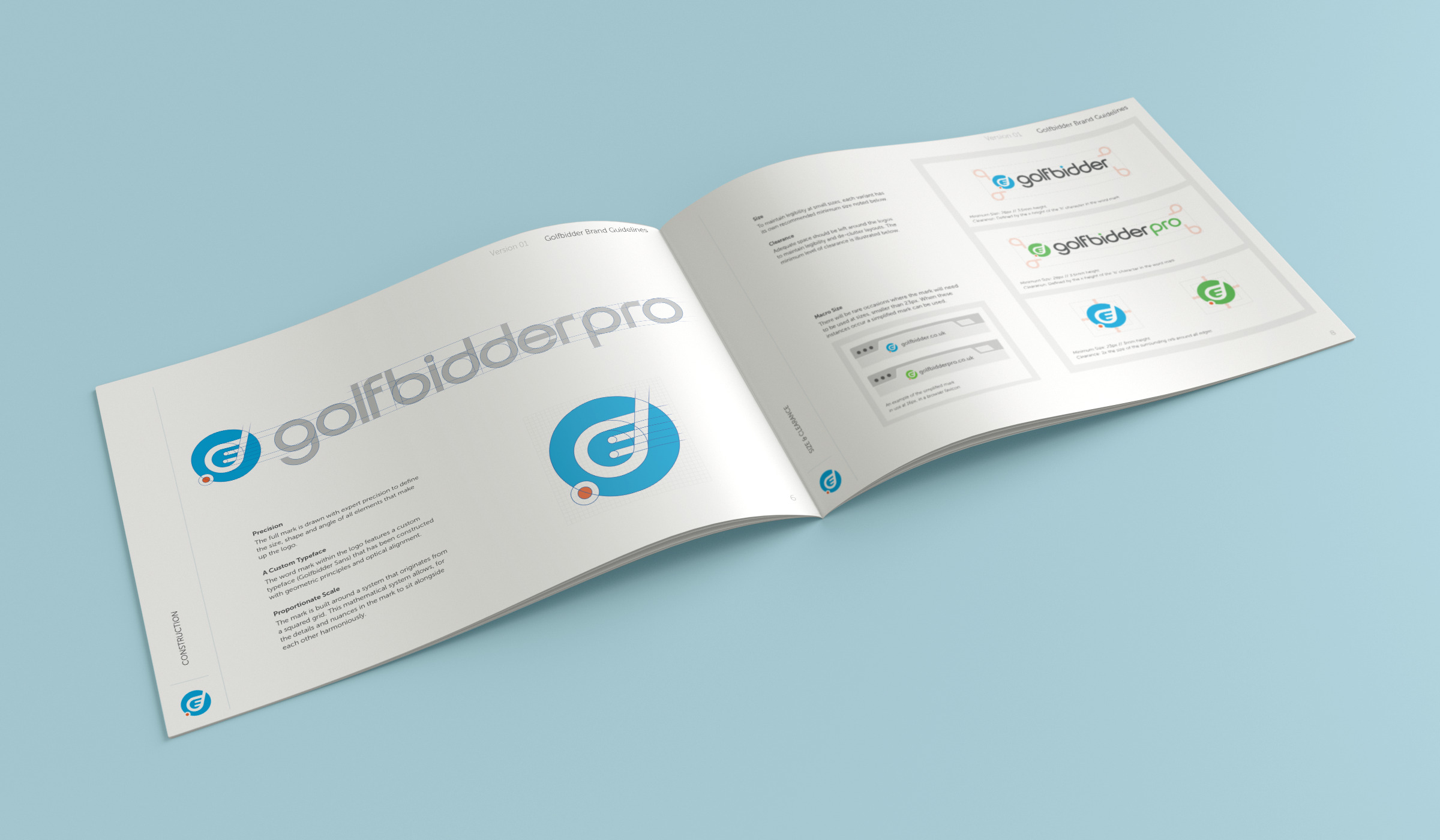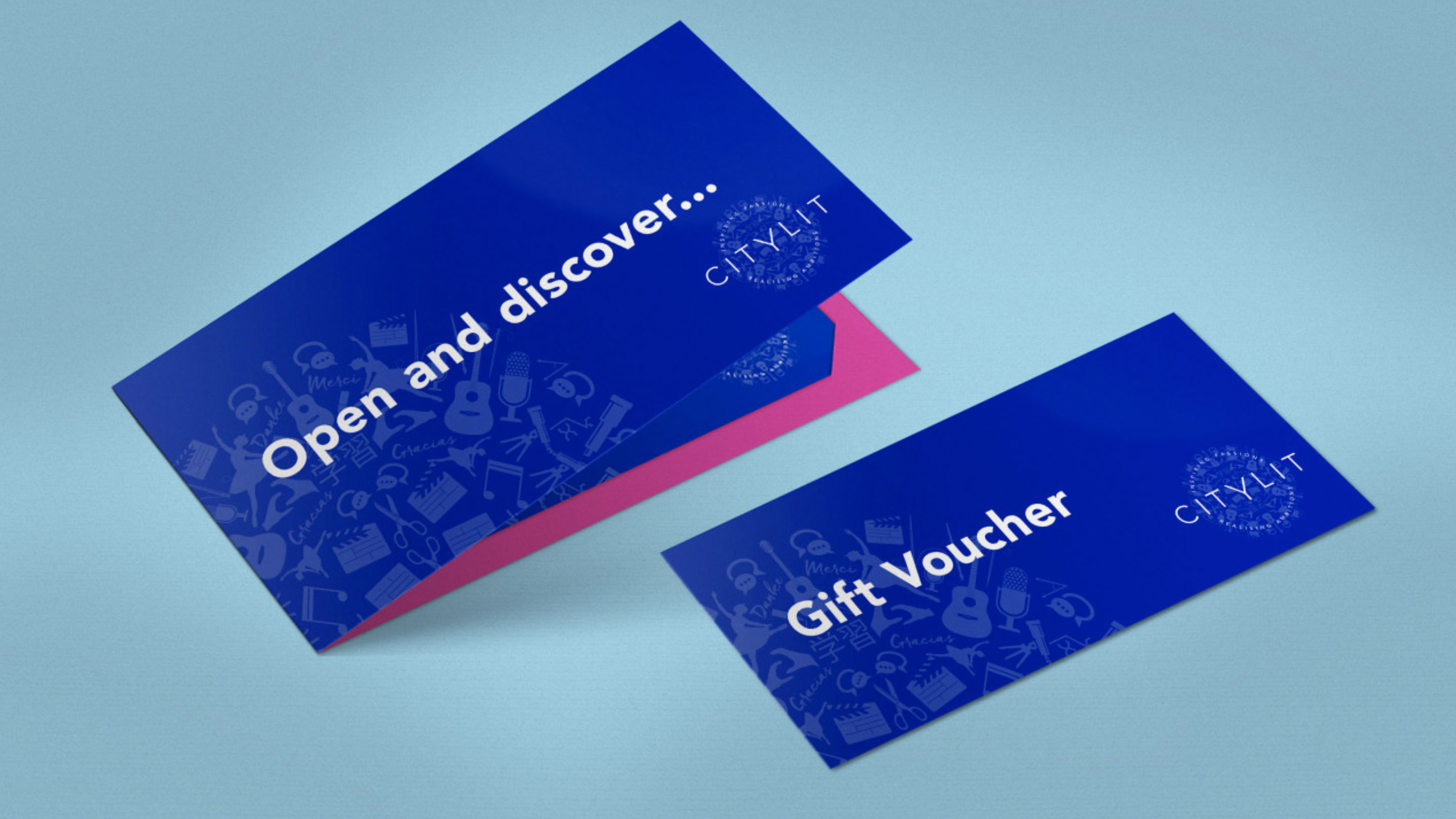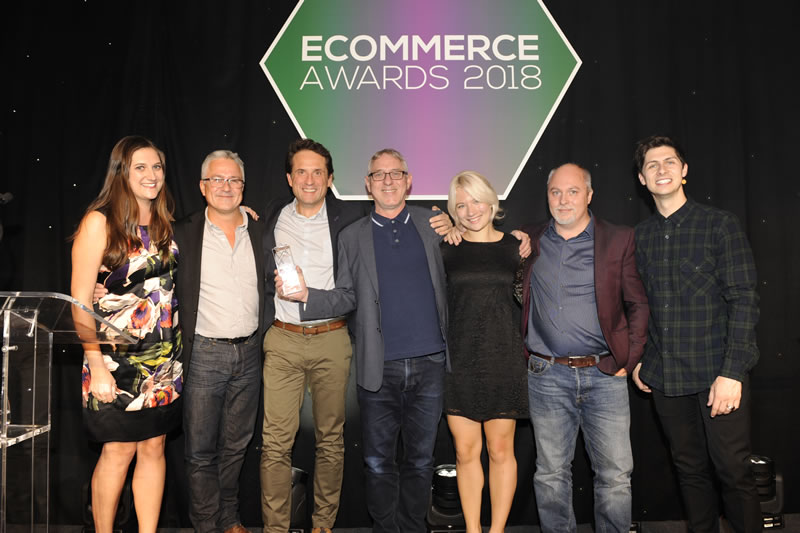10 Point Best Practice Checklist for Ecommerce Websites
The role of ecommerce has never been more vital to brands. It is already, for many organisations, the primary channel for sales and as such the website is critical to a company’s success. The recent pandemic has driven many more shoppers online, making ecommerce more in need of your attention than ever.
Just maintaining your ecommerce platform can be a challenge but most companies need to do this while constantly evolving and wrestling with age-old questions:
- How can we offer better customer service?
- How can we differentiate our brand from other competitors?
- How can we build brand loyalty?
But most of all how can we increase our conversion while doing all of the above?
Ecommerce platforms and the plethora of companies and products that are part of that ecosystem are becoming more mature every year. With web browsers becoming more capable and bandwidth and hardware changes happening every day a good ecommerce site has to keep moving forward, or be left behind very quickly.
So where do you start?
We have put together ten high level areas to focus your attention, and offer some simple advice which should help to make all this slightly less daunting and set you well on your way to building a better online business.
1. Data
Without doubt the single biggest change in ecommerce over the last few years is in our ability to understand our customers. Data is key to this and you should do everything in your power to better understand your customers as well as your competitors.
Even the smallest insight into a customer’s behaviour can have a significant effect on your revenue.
No.1 tip
Data is not just Google Analytics, it can come from anywhere. A customer survey, secret shoppers, user testing, industry best practice, tools such as New Relic that employ machine learning algorithms to make the swathes of data now available into something meaningful. Anything which gives you a better understanding of how your customers and competitors are finding and purchasing your products.
2. Understanding your customer’s journey
Understanding your customer’s journey can give real insight into how your business might shorten the purchase path. Identify brand and system touch points as well as customer experience pain points. Note these down and display them prominently for all of your team to see and discuss so that action can be taken to put the customer front and centre of your business, thus reducing the number of obstacles and clicks a user needs to make before purchase. This will increase customer satisfaction, brand loyalty, and conversion.
No.1 tip
With so many customer touch points already in place, it can be daunting understanding how best to leverage these to improve the customer journey. Jobs to be done (JTBD) customer interviews and UX mapping reveal how to streamline that journey and increase conversion.
3. User testing
Understanding how users are navigating and interacting with your site is key to decision making when adding enhancements to your product. There are many tools available which can help you to understand usage patterns, click rates, and customer influences.
We would suggest carefully researching these tools and planning how you can experiment with different user interactions to improve your conversion rate, dwell time, bounce rate, or any other metric that you report on.
Look at creating A/B tests, calls to action (CTAs), and landing pages and see how they affect your conversion. We have included some of these tools in a review of software that we’ve been considering and implementing to streamline our own processes.
No.1 tip
Start with the checkout funnel. This can seem like the most daunting and potentially dangerous part of your site to change but it can give the best returns. Even small changes like reassurance text on free returns can have a big impact on conversion.

Check Out Your Checkout
Download our free guide to maximising conversion at your checkout
Download Guide4. Site Speed
Site speed is critical and has a direct influence on conversion and so a ects profit. In order to better understand how your site can be optimised correctly, we would suggest running Google’s pagespeed insights which will give good guidance on how your site is performing and more advanced tools such as Lighthouse can give you detailed analysis on exactly how you can optimise your site speed.
No.1 tip
Implementing a solid responsive and ideally adaptive* user interface will mean that you are delivering imagery which is highly optimised for the device being used. This can be especially advantageous on slower mobile connections.
It does, however, mean that a good strategy for handling responsive imagery must be implemented. Without this, you are likely to degrade the user experience by delivering oversized imagery or damage the brand by delivering poor quality imagery. A good responsive front end will take advantage of the 50%+ of users on mobile devices and should increase mobile conversion.
5. Landing page strategy
The majority of users will not land on your home page. They are much more likely to land deep within your site on either a category or a product page.
Understanding what your customers are looking for will allow you to create custom landing pages which meet those customers’ needs. This will shorten the decision- making process and the customer’s journey and so increase conversion.
No.1 tip
Landing pages can be automatically created based on search terms. e.g. If a user searches for red shoes then we can create a category page filtered by “red shoes”. A thorough audit of customer search terms could enhance the landing page strategy, and highlight areas of opportunity so that you gain traction against competitors.
6. Brand
Differentiating a brand from competitors online can be challenging especially when trusted design patterns look very similar across highly trafficked pages such as the product page.
It is essential to correctly extend the brand to appeal to your chosen audiences, or if the brand is only present across digital channels then brand development will be essential in differentiating you from your competitors. All brands should embrace digital and non digital in equal measures.
No.1 tip
Choosing the right digital partner is essential, either they should have existing brand development experience or be willing to work closely with your existing branding agency.

7. Cross-channel
Understanding all your customer’s touch points and developing a consistent interaction experience across these channels will make your brand more comfortable for your customers to interact with. If a customer has registered on your website then the bricks and mortar store should be able to access their online account. If a customer receives a quote in store then they should be able to access that quote online.
No.1 tip
Spend time talking to your customers about how they interact with your brand. Not just happy customers but customers who have abandoned the purchase. This will allow you to focus on the more obvious omnichannel initiatives which really matter to your customers such as delivery or quotations.
8. Mobile first
With more and more of your customers accessing your website at least initially on mobile devices it is essential that the user experience is developed mobile first. Making sure that the experience is first developed for mobile means that we are not forced to accommodate unwieldy interfaces and interaction models on slower devices with less bandwidth. Enhancements can then be made on top of this to give an adaptive experience for tablet and desktop.
A mobile-optimised website is all the more important given the implementation of Google’s mobile-first indexing.
No.1 tip
When developing initial wireframes and designs, always sketch these out for a mobile viewscreen and always include mobile when testing. It is much easier to then become experimental and have fun on desktop knowing that you have successfully met your objectives for mobile.
9. Personalisation
If you can effectively predict what your customers are looking for even a small percentage of the time then you are likely to increase conversion. This can be a daunting challenge as personalisation can quickly mean that you require a CRM system, a front-end personalisation engine, email marketing with customised content and even an intelligent search. It can be, however, as simple as placing recently viewed items and most popular items on the home page or landing pages.
No.1 tip
Start simple and work your way up to more complicated types of interaction. Recently viewed, recommended based on viewed items may be a good place to start. One of the best personalisation tools is an intelligent search engine which quickly learns your customer’s preferences and can tailor a search accordingly.
10. Advocacy
Word of mouth and personal recommendation is the biggest influencer when purchasing a product. Look at ways of enabling your customers to talk to their friends about your brand and how great the experience has been. Look at how new users can see these conversations and be influenced by them. Social media platforms are here to stay, and it goes without saying that brands now need to allow users to share and comment on their customer experience, as well as provide ratings and product comments.
No.1 tip
Think about a more personal way for people to spread the word about your brand. Gift vouchers for friends and family, for instance, the sharing of wishlists and of course liking of products can all help in a simple way. Really creating stronger advocates of your brand can take time and may involve many different channels all of which reinforce your brand and give customers the confidence to buy and then pass on the good word.

Have fun and flourish
Building a business on the web can be a daunting thing but it is also incredibly rewarding and good fun.
The digital world moves so quickly that experimentation, literally just trying things out, is part of the learning process and failure is good as long as you learn from that and improve next time.
We hope that in some small way this helps you to make some improvements to your site and of course we are always here to help if you need any advice.
*Responsive site design delivers an optimised layout of one design for any screen size. Adaptive design delivers an optimised experience for a particular device – the content can be tailored to a mobile user’s needs and so whilst we recommend that your website is responsive, you should consider adaptive design elements.



